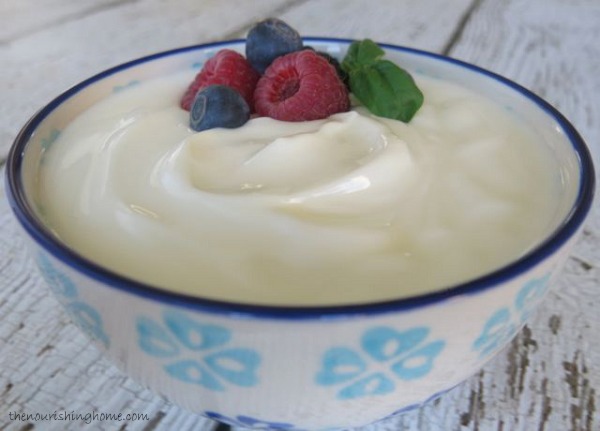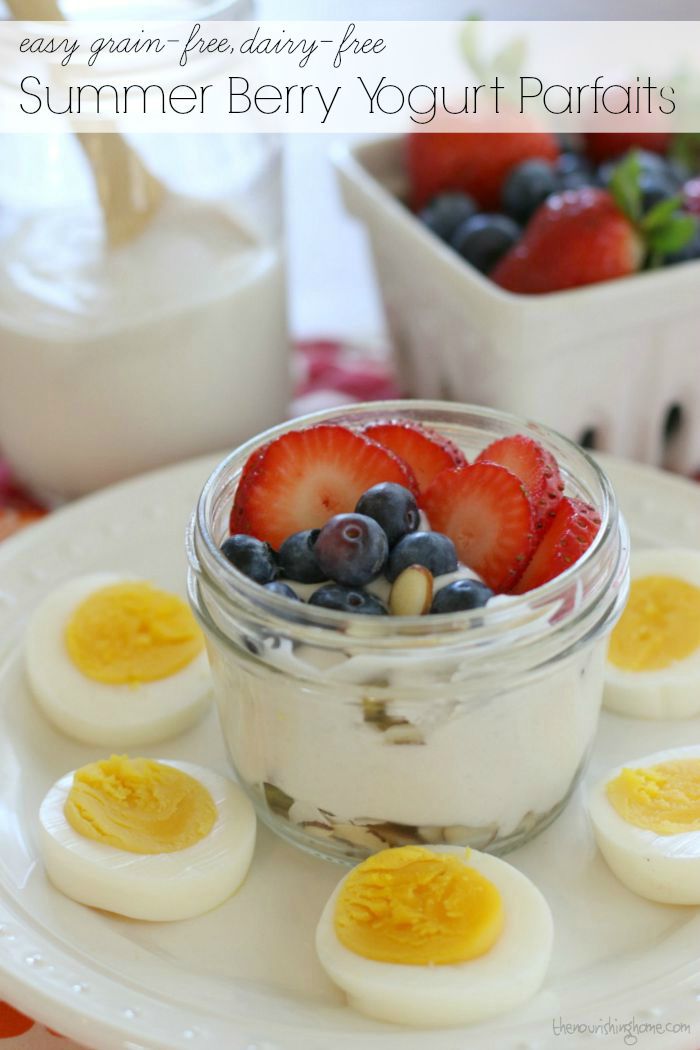
One of my favorites things about summer is the wealth of fresh berries available. Whether you fancy strawberries, blackberries, raspberries, blueberries {or all of the above}, the good news is they’re among the most nutritious fruits we can enjoy. That’s because they’re packed with nutrients, antioxidants and phytochemicals all of which help nourish the body and promote health and wellness.
In adoration of summer berries, I’m sharing one of my family’s favorite EASY healthy breakfasts that highlights the sweet and tangy flavor of fresh ripe berries. I often refer to this recipe as The Sunshine Breakfast. It looks so bright and cheerful, you can’t help but smile {and dig in!}.
This delightfully easy Summer Berry Yogurt Parfait can be made using homemade dairy or non-dairy yogurt and makes the perfect breakfast-on-the-go, lunchbox side dish, or afternoon snack! Simply layer it up in single-serving mason jars and store in the fridge for up to one week. So easy and nutritious!
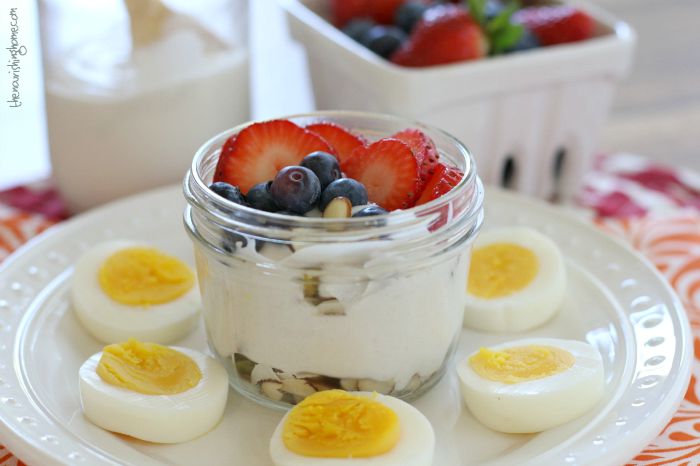
Step One: Use Dairy or Non-Dairy Yogurt
Whenever possible, I strive to make my own homemade yogurt since I can control the ingredients and the incubation time. The longer you culture your yogurt, the more active cultures it contains, which means more gut-healing benefits. If you don’t have time to make your own yogurt, be sure to read labels and look for yogurt that contains live cultures without questionable ingredients.
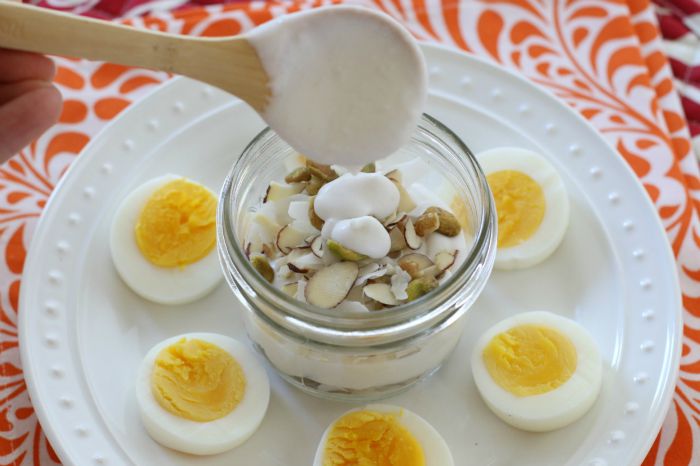
Step Two: Layer up the Healthy Ingredients
Add a base layer of your favorite nuts and seeds (such as slivered almonds, pistachios and pumpkin seeds) with unsweetened coconut flakes. Then, add a layer of yogurt and repeat. Top with fresh seasonal berries and a drizzle of raw honey (omit if doing The Whole30). For an extra dose of health protein, surround the parfait with sliced boiled pastured eggs for a beautiful and healthy breakfast!

Step Three: Enjoy Now … or Later!
Hooray! Your masterpiece is complete. Time to make a decision … Will you enjoy this delicious homemade yogurt parfait now, or cover and refrigerate it for later?
I think I’ll enjoy mine right now … and, I’ll make more to enjoy later! Now that’s a win-win!
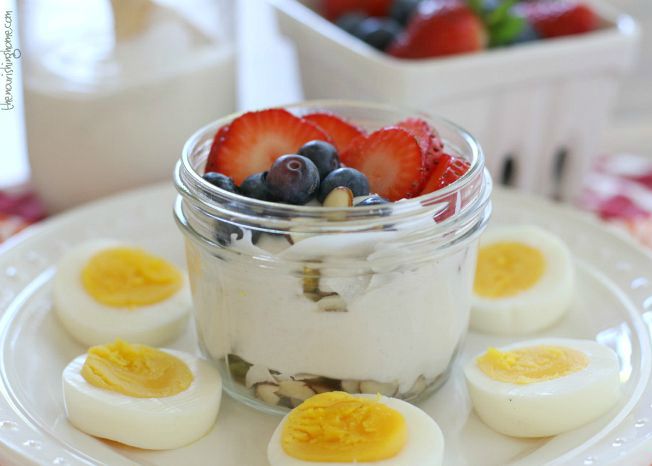
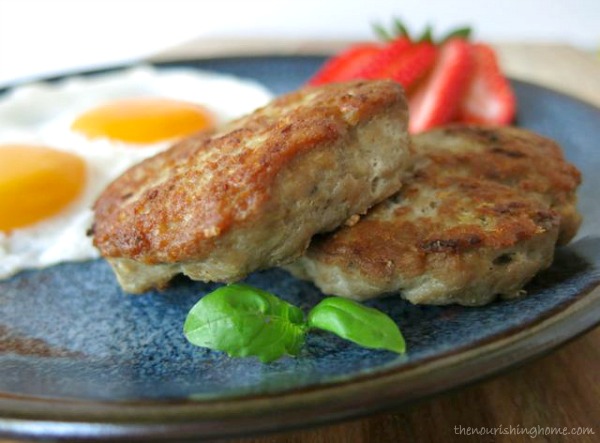

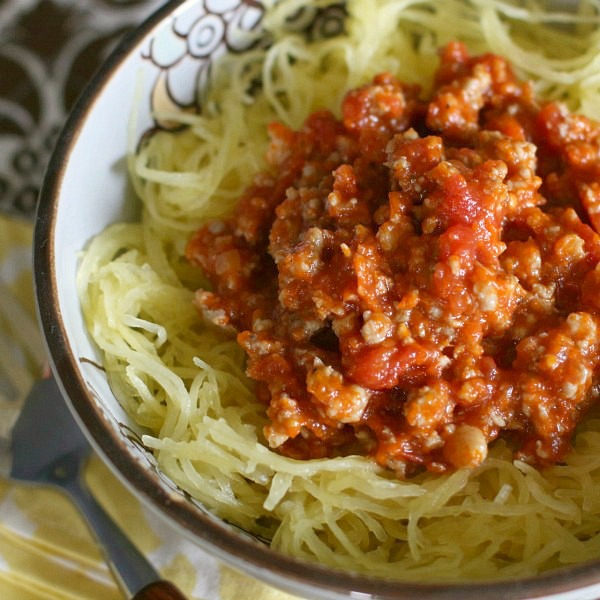

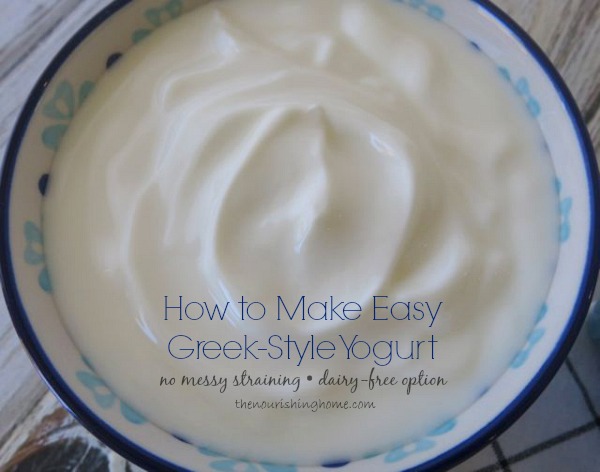
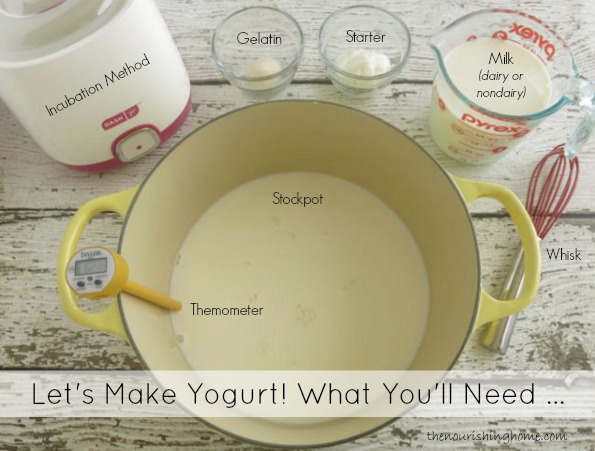
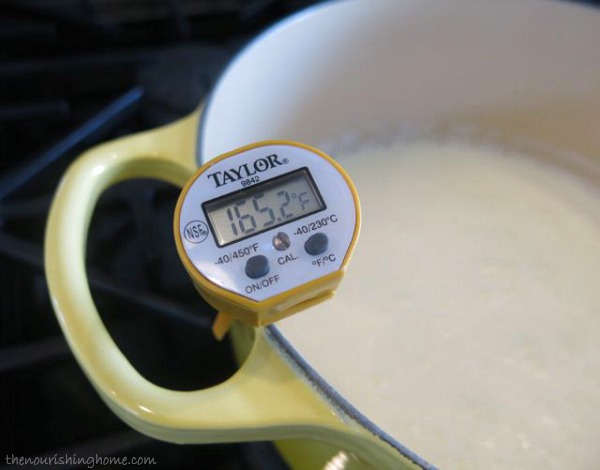
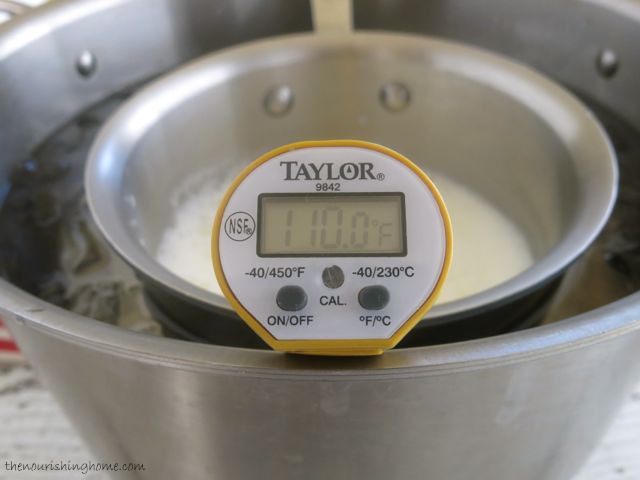
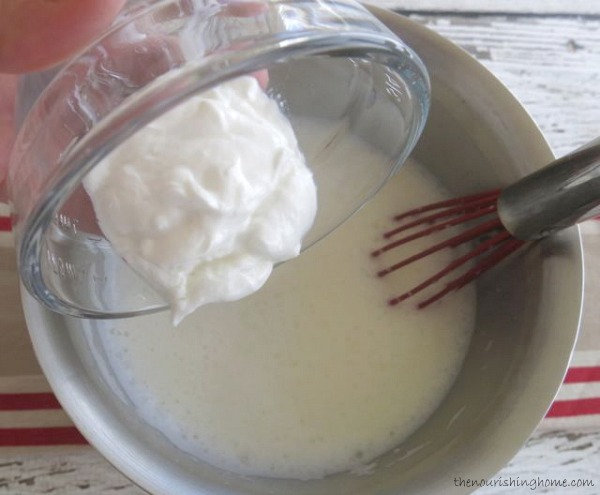
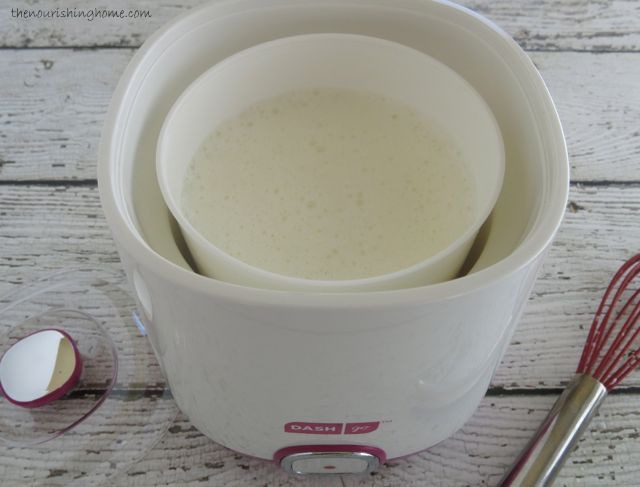
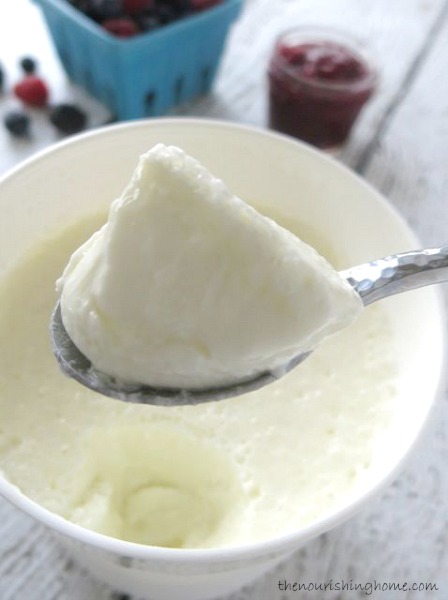
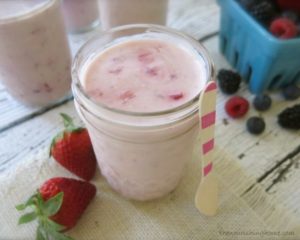 Here are a few of our favorite recipes for enjoying homemade yogurt:
Here are a few of our favorite recipes for enjoying homemade yogurt: